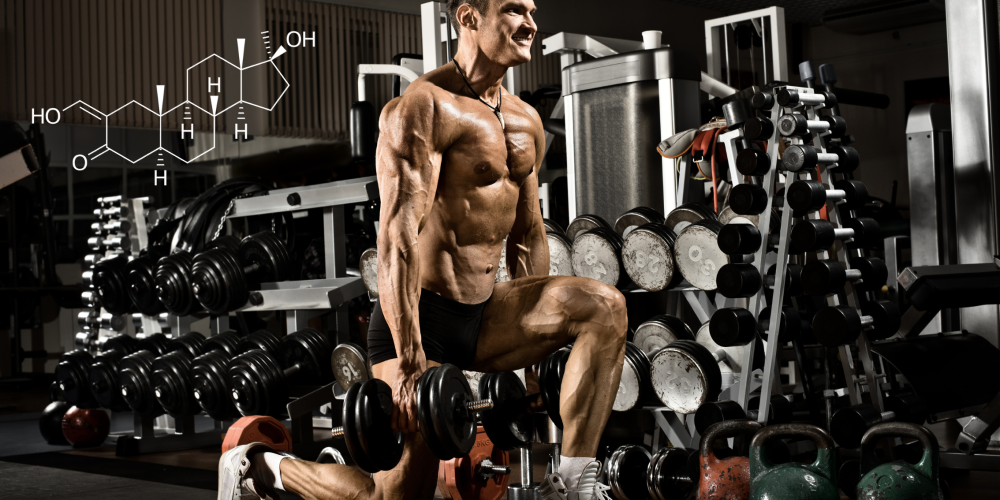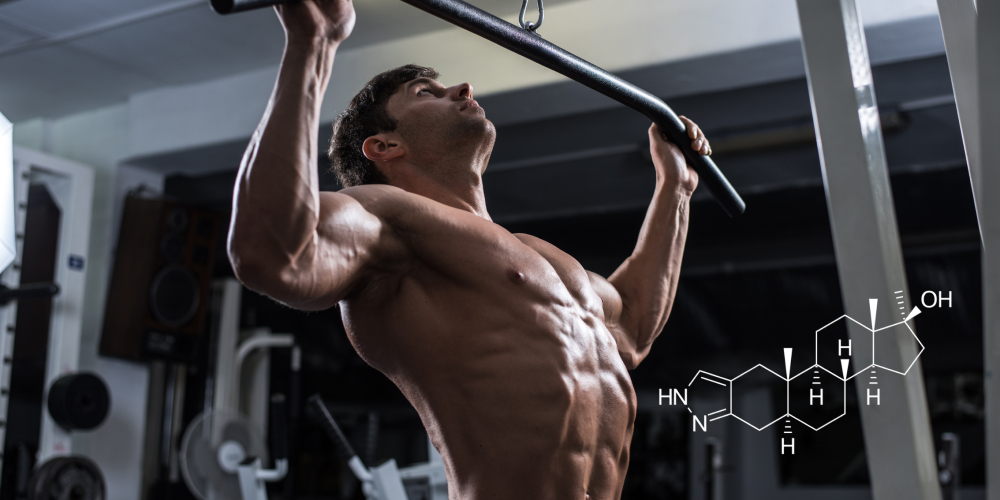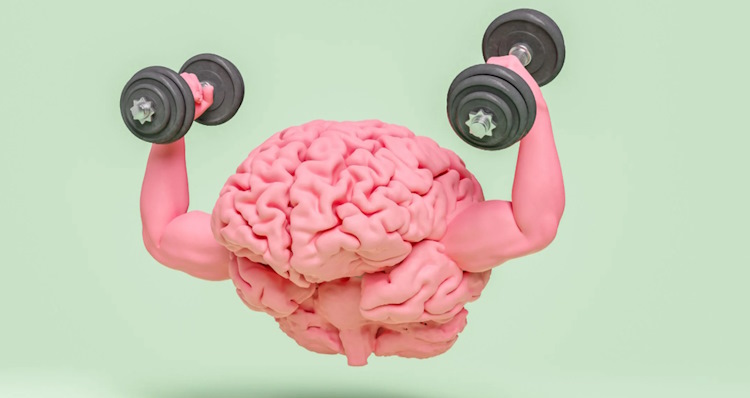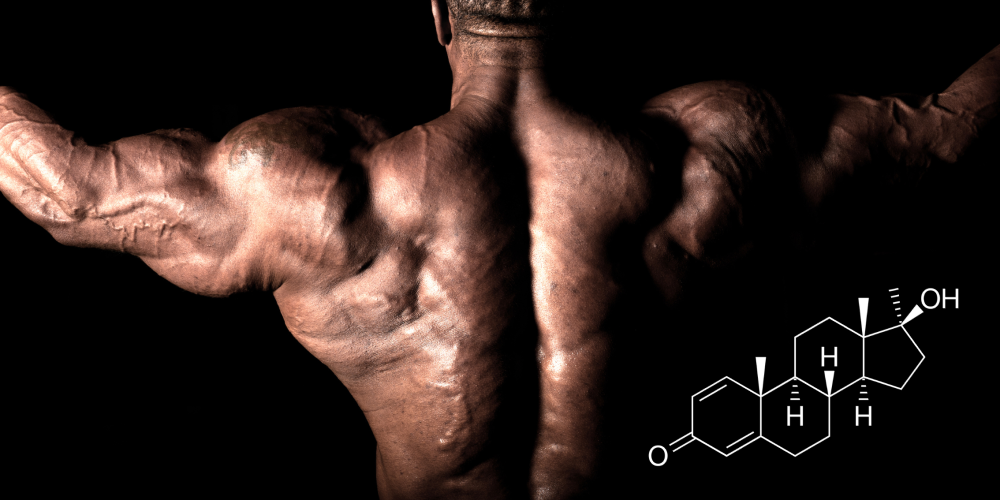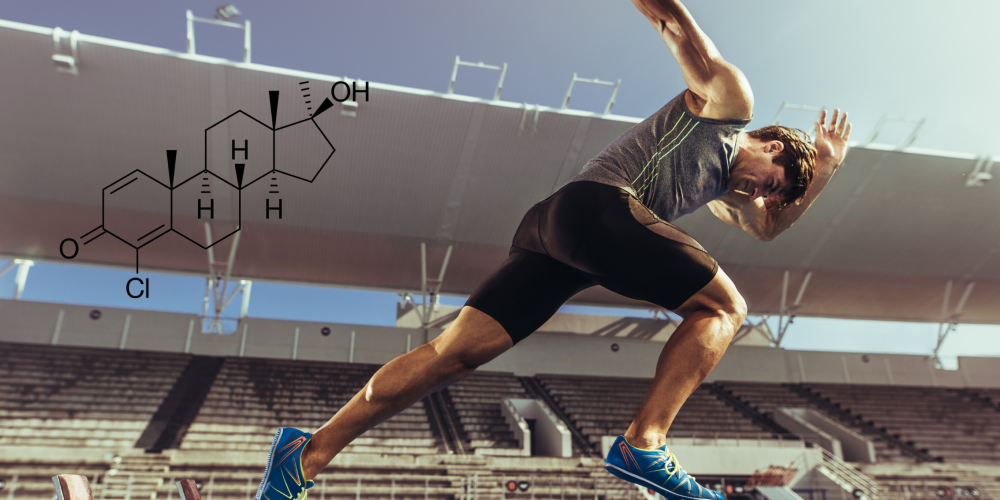HIIT and arthritis
Have you ever heard of HIIT? It stands for high-intensity interval training, and it’s a type of exercise that makes you sweat a lot in a short time. HIIT involves doing short bursts of hard work, followed by brief periods of rest, and repeating this cycle several times. HIIT can be awesome for your health and fitness, because it can boost your heart health, burn fat, and make you feel good.
But what if you have arthritis? Can you still do HIIT? And if so, how can it help you? In this essay, we will explore the effect of HIIT on arthritis, based on the latest studies and scientific evidence.
What is Arthritis?
Arthritis is a group of conditions that cause inflammation and pain in your joints. It affects millions of people around the world, making it hard for them to move and enjoy life. There are many types of arthritis, but two common ones are osteoarthritis (OA) and rheumatoid arthritis (RA). OA is mainly caused by wear and tear of the joints over time, while RA is caused by your immune system attacking your joints by mistake.
How Can HIIT Help Arthritis?
For a long time, people with arthritis were told to avoid high-impact exercises and stick to gentle movements. However, recent studies have shown that HIIT can actually be beneficial for people with arthritis, especially RA. Let’s look at some of the scientific evidence behind this claim:
Study by David B. Bartlett, PhD (2018):
This study was published in the journal Arthritis Research & Therapy. It was conducted by a team of researchers from Duke University Medical Center, University of Birmingham, and Louisiana State University. The lead author is David B. Bartlett, PhD, who is an assistant professor of medicine and exercise immunology at Duke University. compared the effects of HIIT and traditional exercise on older adults with RA. The participants did 10 weeks of high-intensity interval walking or moderate-intensity continuous walking. The results showed that HIIT improved their aerobic fitness, blood pressure, heart rate, disease activity, joint swelling, and immune function more than traditional exercise. This means that HIIT can help people with RA manage their symptoms and improve their health.
Another study, was published in the journal Arthritis Care & Research in 2017:
It was conducted by a team of researchers from the University of Oslo, Diakonhjemmet Hospital, and Norwegian School of Sport Sciences in Norway. The lead author is Silje Halvorsen Sveaas, PhD, who is a physical therapist and researcher at the University of Oslo.
This study examined the effects of HIIT on people with RA. The participants did eight weeks of high-intensity interval cycling or low-intensity continuous cycling. The results showed that HIIT improved their aerobic capacity, muscle strength, disease activity, and physical function more than low-intensity exercise. This means that HIIT can help people with RA get fitter and stronger.
Study by Cleveland Clinic (2020):
This study looked at the effects of HIIT on people with different types of arthritis, including RA and psoriatic arthritis (PsA). The participants did 12 weeks of high-intensity interval training or standard care. The results showed that HIIT reduced their inflammation, pain, stiffness, fatigue, and depression more than standard care. This means that HIIT can help people with arthritis feel better physically and mentally.
Why Does HIIT Work for Arthritis?
There are several reasons why HIIT can have positive effects on arthritis, such as:
- Inflammation Control: HIIT can help lower the inflammation in your body. Studies suggest that it can reduce the levels of chemicals that cause inflammation, such as cytokines, while increasing the levels of chemicals that fight inflammation, such as endorphins. This can help ease the inflammation in your joints and other parts of your body.
- Muscle Strength and Stability: HIIT can help strengthen your muscles and stabilize your joints. By doing high-intensity exercises, you can build more muscle mass and power around your affected joints. This can provide better support for your joints, reduce the stress on them, and improve your overall function.
- Pain Management: HIIT can help change how you perceive pain. By doing intense exercises, you can release endorphins, which are natural painkillers that make you feel good. You can also increase your pain threshold, which means you can tolerate more pain without feeling uncomfortable.
How to Do HIIT Safely with Arthritis?
While HIIT can be great for arthritis, it may not be for everyone. Some people with arthritis may have severe joint damage, pain, or inflammation that make HIIT too hard or risky for them. HIIT can also be challenging and demanding, so you need to know what you’re doing and how much you can handle.
Therefore, if you want to try HIIT for your arthritis, you should talk to your doctor or a healthcare provider first. They can help you check your fitness level, choose the right intensity and duration of your workouts, and monitor your symptoms and progress. You should also start slowly and gradually increase the challenge of your workouts. You should also listen to your body and adjust your exercise if you need to. You should also warm up before and cool down after each workout, and rest between workouts to let your body recover.
Here are some tips to help you do HIIT safely with arthritis:
- Choose low-impact exercises that don’t put too much pressure on your joints, such as cycling, swimming, or rowing.
- Use proper equipment and footwear that provide cushioning and support for your joints, such as bikes, ellipticals, or treadmills.
- Modify the exercises to suit your abilities and limitations, such as reducing the speed, resistance, or range of motion.
- Follow the instructions and guidance of a qualified trainer or instructor who can teach you the correct form and technique.
- Stop the exercise if you feel any sharp pain, swelling, or redness in your joints, and seek medical attention if needed.
Conclusion:
HIIT is a type of exercise that can have many benefits for your health and fitness, especially if you have arthritis. The studies we discussed above show that HIIT can help people with arthritis reduce their inflammation, pain, and stiffness, and improve their fitness, strength, and function. However, HIIT may not be suitable for everyone with arthritis, and it requires proper preparation and supervision.
As our knowledge of the relationship between HIIT and arthritis continues to grow, it is important to approach exercise interventions with a holistic perspective, considering your individual capabilities, preferences, and medical guidance. By finding a balance between challenging workouts and joint protection, you may discover the amazing benefits of HIIT for your arthritis, and enjoy improved health, well-being, and a greater sense of empowerment in your journey towards managing arthritis.



